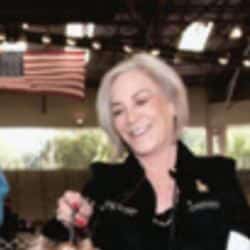
Home » The Yorkshire Terrier in America
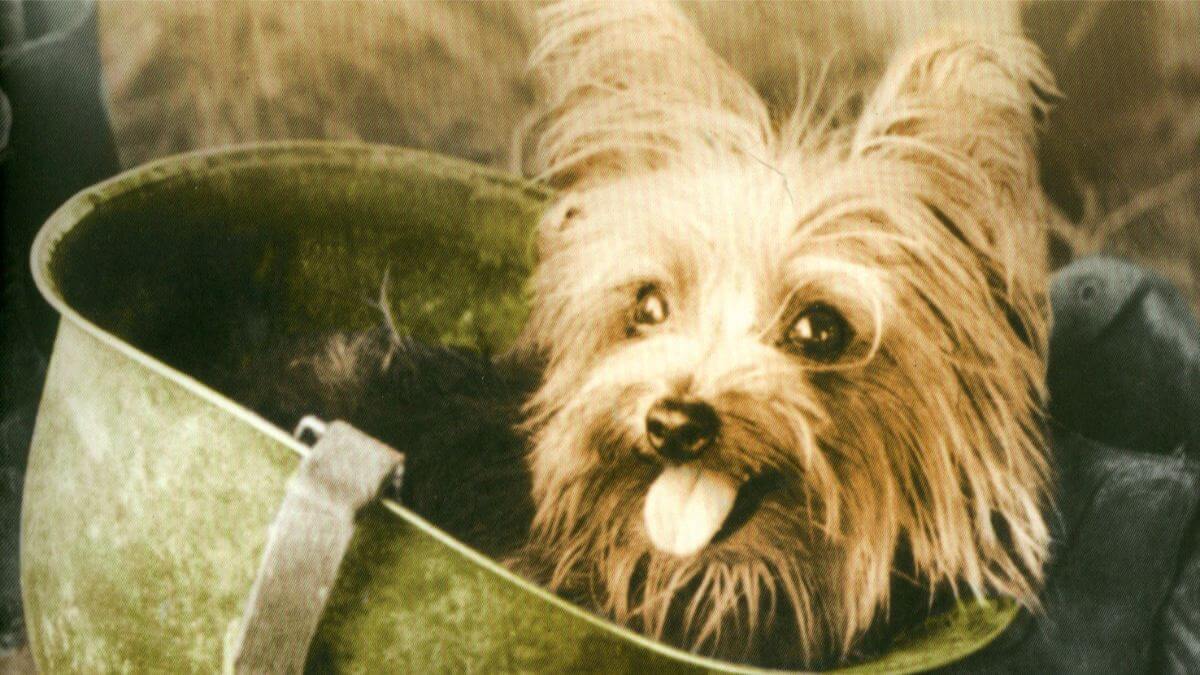
This article was originally published in Showsight Magazine, October 2013 issue.
On February 8, 2009, I had the honor of judging Dogs and Intersex at the Yorkshire Terrier Club of America, Inc. National Specialty. Coincidentally, that year marked my 30th year in the Breed. I must say that the Yorkshire Terrier breed is in pretty good shape in the United States. The Yorkie is 6th in popularity of all breeds and the Number One Toy dog in America. We have come a long way in these past thirty years. The toplines are remarkably better than years gone by, and the general showmanship and training of the dogs is much better, as is the grooming. Due to our championship requirements in the US, class dogs are not shown in full coat as they are in the European countries.
It takes several years for an exhibit to acquire a truly full coat with facial furnishings to the floor. We have more shows and thus more opportunities to put titles on our dogs than many of the foreign breeders. I think this is a good thing since the American show dog has a chance to be a multi-purpose and family dog. Most of our show dogs are pets first, and the AKC has continued to add extra events and titles for companion events so we can actually put titles on both ends of the name. Yorkshire Terriers are good in obedience but great in agility. We have quite a few Therapy dogs and even some accomplished at tracking. Some will go on to be campaigned as Champions, while others can move right into companion events.
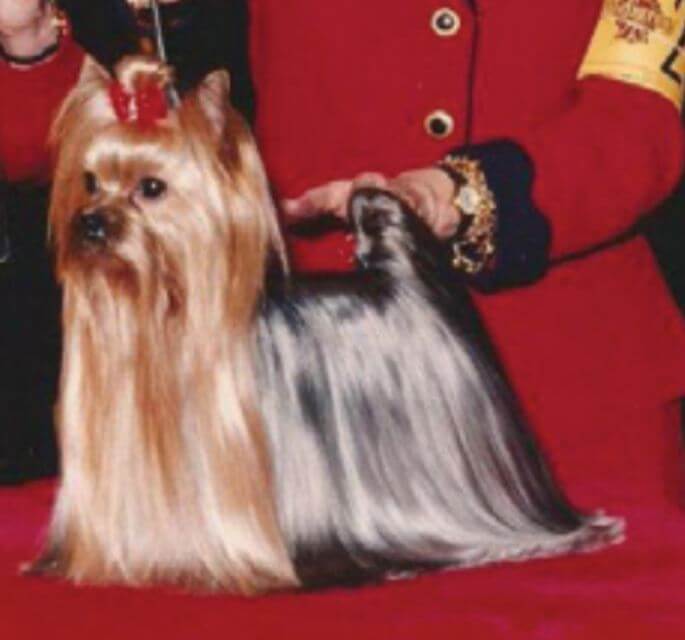
The Grand Champion program, of which I was a bit skeptical at first, has been a huge success. Owner/handlers can compete for points and titles locally or even go on to higher levels on their own without the need for an advertising campaign or a professional handler. It gives us the opportunity to see many of the young champions go on to maturity rather than retire way too soon after the 15th point. I’m rather anxious to see if the new Owner/Handler series, which will allow competition right up through Best In Show for the amateur, goes as far as the Grand Champion scheme. We need to increase our entries, which have declined in recent years. But once more, in a breed that takes up to four years to fully mature, we will have an opportunity to see some fine youngsters in the ring again upon maturity. Recently, we have been added to the AKC list of Earth Dogs, which opens up a whole new venue for our little terriers.
I have attended my first EarthDog trial, and I want to do it! Thank goodness we can still dock the tails, and AKC has stuck with us to preserve our original standards, allowing us the opportunity to keep this little terrier as such. How I wish our foreign counterparts would have fought harder to preserve our Breed Standards. Strange that a breed originated in England must now be seen in America as it was intended to be. The look of the Yorkshire “Terrier” is completely distorted by way of a tail of flowing hair curled over the back and not “slightly higher” as described. A couple of things I see that really need attention are the front assembly and the compact body. The dogs with steep upright shoulders do not possess the high head carriage and short back called for in the standard. And quite a few dogs are lacking the compact body which is characteristic of the breed.
This is a must for good movement, and the finer-boned dogs are not indicative of the hardy little terrier we should preserve. We must concentrate on retaining that compact body! It is important for function and health. In some countries, we have those attacking the health and soundness of our breeds at the shows, which I think is absurd since the respective breed clubs are the only ones that are constantly working to improve the health and soundness of the dogs. I read a pamphlet put out by one of the European countries listing the Yorkshire Terrier on the list for “Immediate Attention” due to pinched nostrils with breathing problems, weak jaws, and “lame (or hanging) tongues.” Huh? Where do they come up with this stuff, a terrier head with breathing problems? Has anyone seen any hanging tongues on Yorkies? I often wonder if whoever writes these critiques of the various breeds could even identify one if they saw it. I imagine the folks who purport a docked tail to be inhumane rather than done for a purpose are the same folks that almost wish our dogs were indeed bred to be unhealthy. We do not deny there are health issues. Rather, those health issues that do exist are now recognized for what they are, realizing there is no breed completely free of health problems.
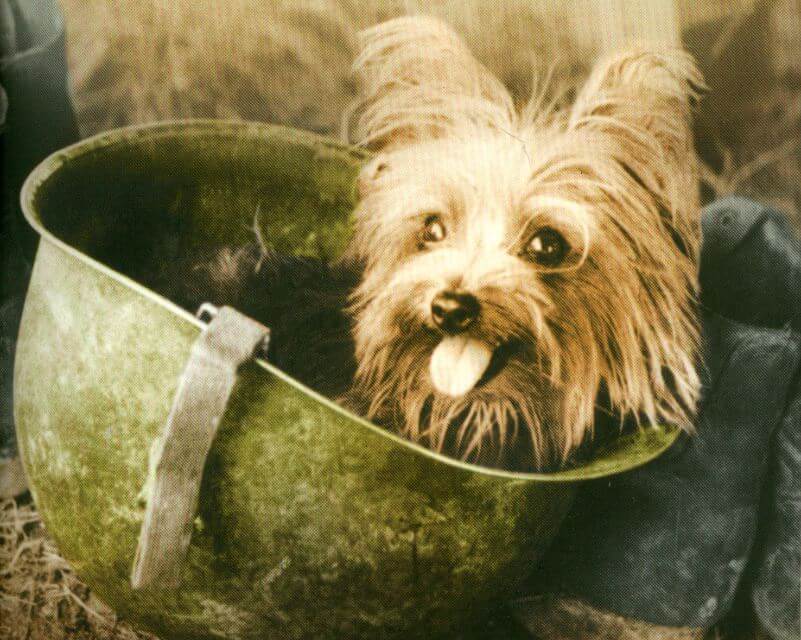
What I do see in the US is a proactive rather than reactive approach in the form of scientific research for real genetic tests and treatment options rather than a reactive approach at dog shows such as health examinations at the show, which are a personal judgment of a dog in regards to how it appears to that person on that day. The American Kennel Club Canine Health Foundation and our Yorkshire Terrier Club of America Health Foundation are something we can be proud to support because through science we can find real solutions. As an AKC judge, I am licensed to judge the dogs in comparison to their breed standard and my interpretation of each dog’s appearance on that day. There is no way I could possibly determine or make any claim as to the health of the animal or what it could or could not genetically produce. It is also my opinion that a show veterinarian can only determine if an animal appears to be ill on that day, and it is ridiculous to make an opinion as to whether or not it could have or might produce a health problem. That is a job left to the breeder and his or her own veterinarian.
I do wish our breeders from the fancy could produce more of the pet population as one certainly sees plenty of poor quality dogs in the general population. I feel the number one threat in the US is the parti and off colors in a breed whose coat is of “prime importance.” These are from a different set of breeders whose intent is to breed them for sale. But they will ultimately have to surface in our litters. There are just too many of them to avoid it. I do trust that our American show breeders will not deny when it shows up and hopefully whatever happened to create anything other than the blue and tan pattern will not prevail.
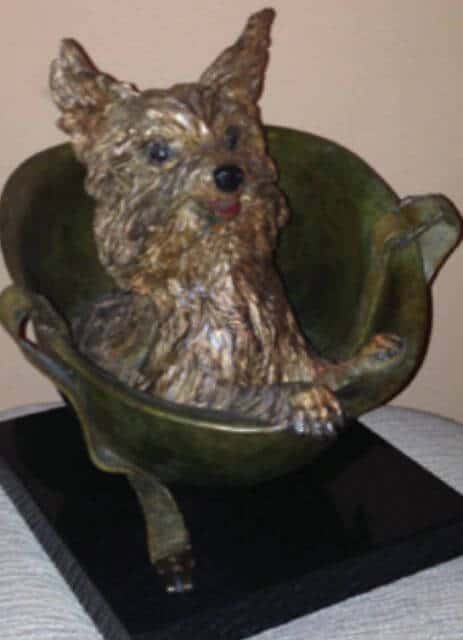
The dedicated breeders who presented such a beautiful entry to me in New York that year will prevail. The Yorkshire Terrier is a hardy little breed. Through the years, the breeders here in America have been able to maintain, if not even bring out, the true terrier temperament while improving structure, toplines, and movement. Yorkies are brave but not yappy, sweet but independent. The coat is easy to care for whether trimmed or long. And they most generally live into their late teens. Our pet owners love these tiny little big dogs just as much as we love them as an elegant and beautiful show dog.
